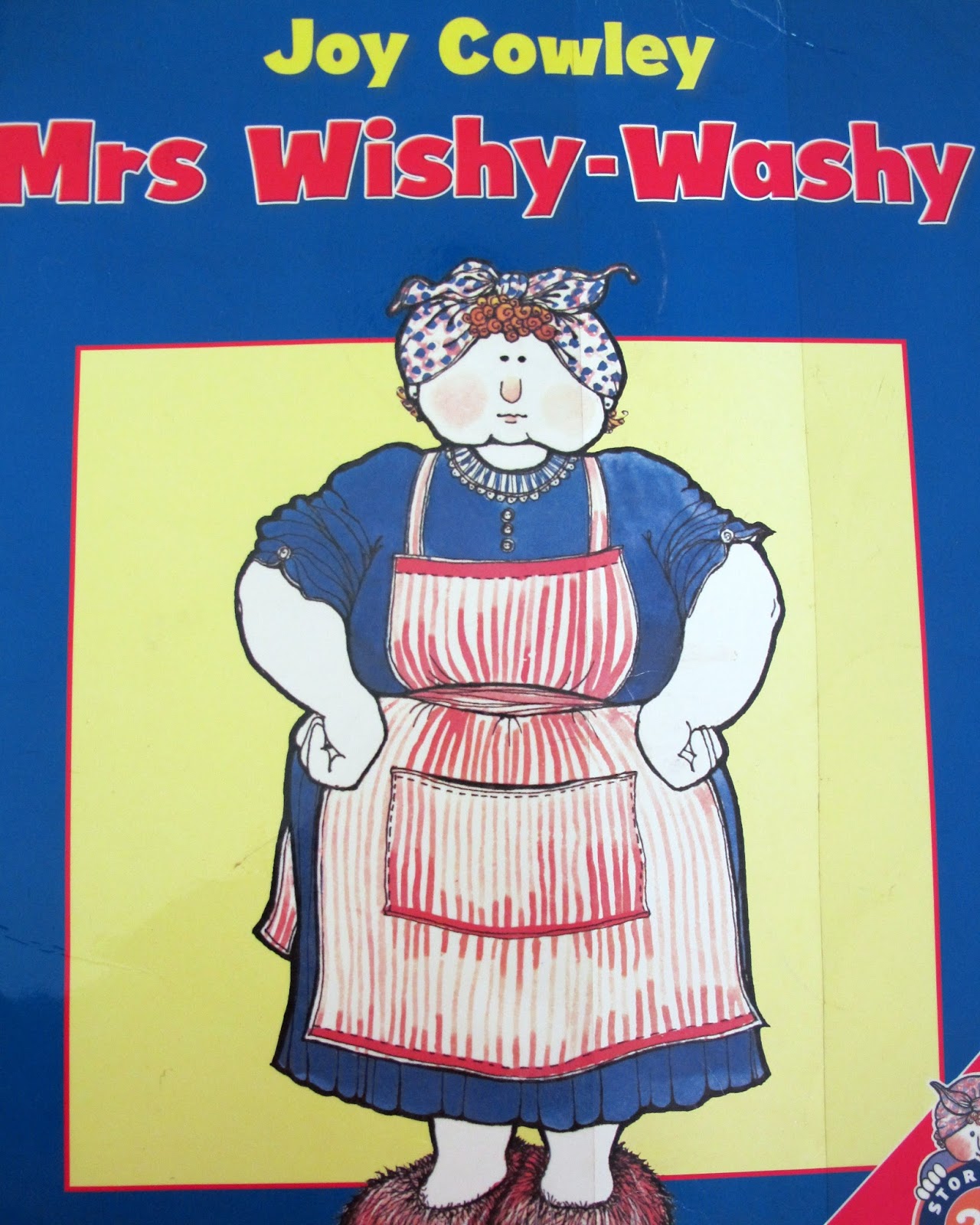Using Big Books to investigate the structure of the English Language.

Big books are a rich resource that can be used to explicitly teach structured word inquiry. It is a very effective way to demonstrate the connection between the reading and writing systems. Big books can be used to teach many different essential concepts about how the English language works. In this post, I specifically want to focus on how to embed structured word inquiry through reading, using big books (fiction/non fiction) as the starting point. Selecting the most appropriate text for your students is an important planning step. I have chosen Mrs Wishy Washy, as this text is particularly rich in language with vocabulary that is interesting, predictable and repetitive for young children. Dialogue is an important concept that is consistently modelled throughout this particular text. The word <said> is evident on most pages. The focus is: an inquiry into understanding the word <said> . I chose ...
